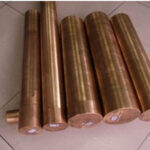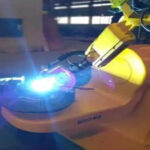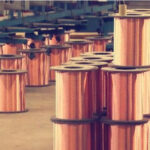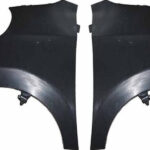The University of Aveiro and the Institute of Materials Aveiro have developed the combination of bamboo fiber and ABS. Using a two-step reaction process, the team has been able to create a brand-new biocomposite material that allows them to precisely adjust the hydrophobicity and hydrophobicity of the bamboo base. Density and thermal mass. After the formulation was completed, the scientists deployed their materials to the 3D printed samples and found that the process would not “destroy its shape”, and actually had a “strengthening effect” on any generated parts.
Schematic diagram of the process of chemical modification of bamboo fiber by the team. Picture from Polymer Magazine.
Organically filled filament
Table of Contents
Considering the potential cost, mechanical, and sustainability advantages of using natural fillers to enhance 3D printing materials (such as ABS), a lot of research is currently being conducted on how to best achieve this goal. In the past, plant-based ingredients such as rice, coconut, or hemp have been used to make experimental composites, but it has previously proven difficult to achieve good filler and matrix bonding.
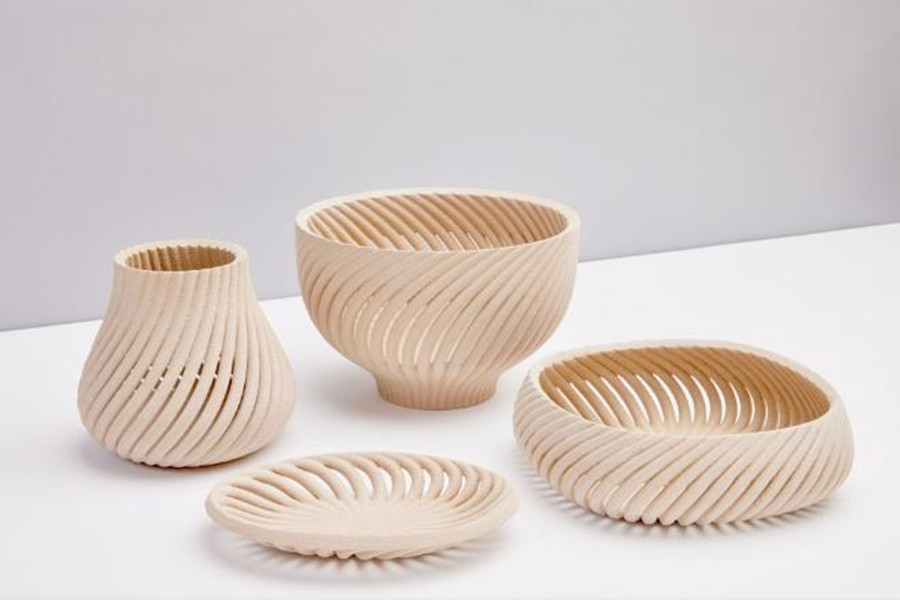
For its part, bamboo is now grown in 21 countries, making it a rich commodity and often used in local construction and production of household items. However, by their nature, bamboo fibers are hydrophilic, while the polymer matrix is hydrophobic, so several chemical steps are required to integrate them into 3D printable materials.
In previous studies, researchers have demonstrated that when bamboo fiber is combined with polypropylene (PP) to form a reinforced resin, modified bamboo fiber can improve its water resistance and mechanical properties. Therefore, the Portuguese team took inspiration from their predecessors and developed a similar method despite using bamboo to produce FDM filaments.
Create bamboo biocomposite
In order to formulate new biocomposite materials, scientists used diisocyanate to modify bamboo samples and found that it reduced the hydrophilicity of bamboo fibers and enhanced their affinity for the polymer matrix. After processing, the resulting material is washed, dried and mixed with ABS at a concentration of 5%, and then extruded into filaments that can be 3D printed.
Before deploying their material, the researchers used SEM analysis to evaluate the impact of their formulation process and found that it had removed any fiber impurities, albeit at the expense of a certain density. In addition, compared to filaments made from untreated fibers, the team observed that their modified material “presents a smoother surface”, increasing its potential for final applications.
To test the processability of their material, the team continued to use the Anycubic Chiron 3D printer to extrude it into a set of paddle-shaped samples. Interestingly, it was found that printing with treated fibers reduced their thermal stability, although the researchers pointed out that their degradation temperature was higher than their processing temperature, so this did not affect the stability of their model.
Further imaging of the treated fiber samples also showed that they have increased Young’s modulus and decreased elongation at break, reflecting their increased stiffness. Based on these results, the team speculates that their method proves not only to integrate bamboo into printable polymers, but also to adjust them in a way that provides them with potentially beneficial properties.
Our results confirmed that the processability of the composite material was not affected. The team concluded in their paper that the use of treated fillers also reduced the density of the material without losing its mechanical properties. In fact, the treated fibers enhance the performance of 3D printed specimens, which proves the advantages of chemical treatment.
Emerging woodblock printing trends
As the broader 3D printing industry continues to search for new environmentally friendly alternatives to polymer filaments, researchers are increasingly turning to wood materials as the answer. Just last year, a team from the University of Freiburg combined organic lignin and cellulose chemicals to create a new type of 3D printable biosynthetic polymer.
Scientists at the German Federal Institute for Materials Research and Testing have used similar wood methods to turn termites and boring insect waste into their own materials. By combining wood flour with the feces of small animals, the team managed to produce a circular economy raw material that can produce a high-precision structure.
On a more commercial level, Desktop Metal also launched its Forust subsidiary in May 2021, the brand dedicated to adhesive-jetted wood-based parts. The company’s production process is compatible with advanced waste by-products from the wood manufacturing and paper industry, once they are mixed with epoxy resin to create 3D printable materials.
Link to this article:3D print higher strength parts
Reprint Statement: If there are no special instructions, all articles on this site are original. Please indicate the source for reprinting:https://www.cncmachiningptj.com/,thanks!
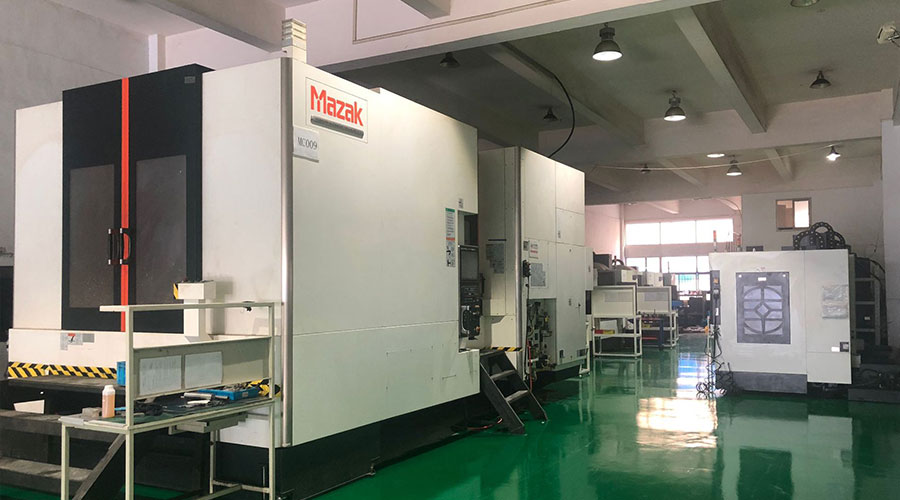 Sheet metal, beryllium, carbon steel, magnesium, 3D printing, precision CNC machining services for heavy equipment, construction, agriculture and hydraulic industries. Suitable for plastics and rare alloys machining. It can turn parts up to 15.7 inches in diameter. Processes include swiss machining,broaching, turning, milling, boring and threading. It also provides metal polishing, painting, surface grinding and shaft straightening services. The production range(include aluminum die casting and zinc die casting) is up to 50,000 pieces. Suitable for screw, coupling, bearing, pump, gearbox housing, drum dryer and rotary feed valve applications.PTJ will strategize with you to provide the most cost-effective services to help you reach your target,Welcome to Contact us ( [email protected] ) directly for your new project.
Sheet metal, beryllium, carbon steel, magnesium, 3D printing, precision CNC machining services for heavy equipment, construction, agriculture and hydraulic industries. Suitable for plastics and rare alloys machining. It can turn parts up to 15.7 inches in diameter. Processes include swiss machining,broaching, turning, milling, boring and threading. It also provides metal polishing, painting, surface grinding and shaft straightening services. The production range(include aluminum die casting and zinc die casting) is up to 50,000 pieces. Suitable for screw, coupling, bearing, pump, gearbox housing, drum dryer and rotary feed valve applications.PTJ will strategize with you to provide the most cost-effective services to help you reach your target,Welcome to Contact us ( [email protected] ) directly for your new project.
Link to this article:3D print higher strength parts
Reprint Statement: If there are no special instructions, all articles on this site are original. Please indicate the source for reprinting.:Cnc Machining,Thank!^^

